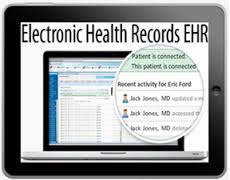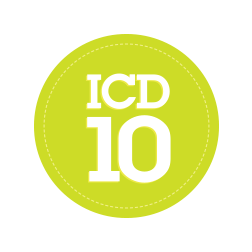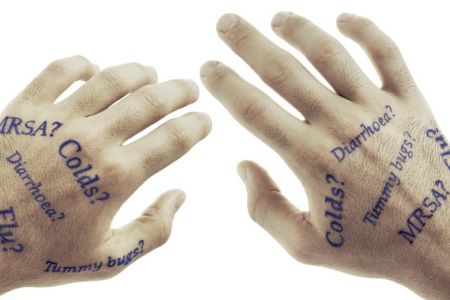5 Changes Implemented by a Florida Hospital to Improve the ER
For most healthcare systems, the ongoing dilemmas surrounding streamlining emergency room services are some of the most challenging in the industry today. Since ER’s can really make or break hospital’s patient satisfaction scores, and therefore, reimbursement, tackling these challenges sooner rather than later is probably in the best interest of most hospitals - one Florida hospital has already completely overhauled the concept of emergency room care through clinical operations and is now setting a high bar for ERs around the country.











